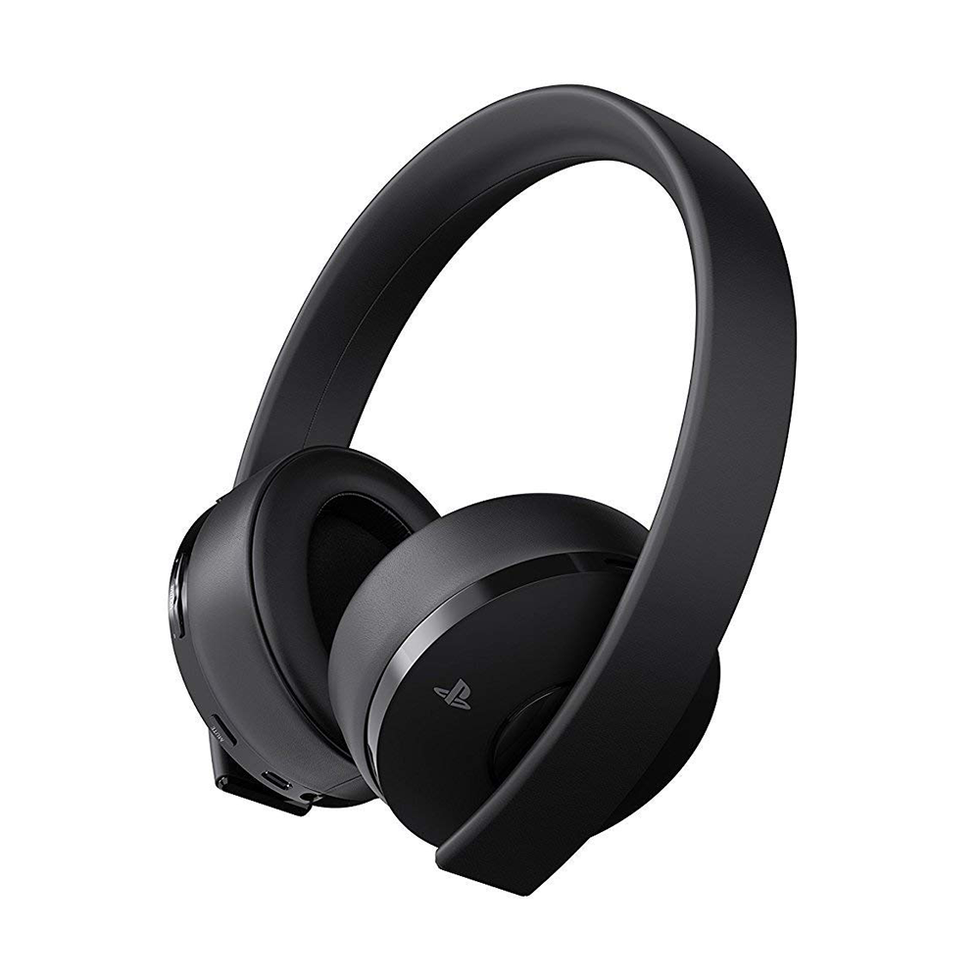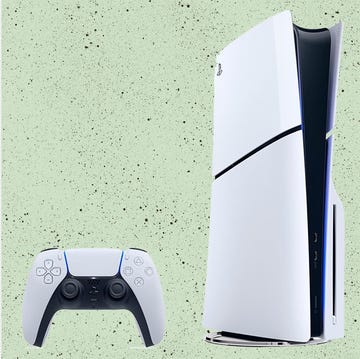PlayStation 5 lead architect Mark Cerny has finally shed some light on Sony’s upcoming console.
In an interview with Wired, Cerny firmly denied rumours that the “next-gen console” (Sony reportedly avoiding saying ‘PlayStation 5’) would arrive on shelves in 2019, but revealed that the tech giants recently ramped up the deployment of devkits to game creators.
One rumour turned out to be bang on the money, though. The developer revealed that the PlayStation 5 will be backwards-compatible with PS4 titles, due to the fact that the upcoming console is built on its predecessor’s architecture. The PSVR headset will also be compatible, with Cerny confirming that virtual reality is “very important” to the console’s future.
He also denied speculation that the PS5 would be a streaming-only console, in the vain of the upcoming Google Stadia. Talking about Sony’s ambition for the upcoming console, Cerny stated: “The key question is whether the console adds another layer to the sorts of experiences you already have access to, or if it allows for fundamental changes in what a game can be.”
Cerny then talked of how the PlayStation 5’s raw bandwidth will be higher than any SSD available for PCs, and showcased the speed at which the console could work. Wired reports:
‘To demonstrate, Cerny fires up a PS4 Pro playing Spider-Man, a 2018 PS4 exclusive that he worked on alongside Insomniac Games. . . On the TV, Spidey stands in a small plaza. Cerny presses a button on the controller, initiating a fast-travel interstitial screen. When Spidey reappears in a totally different spot in Manhattan, 15 seconds have elapsed. Then Cerny does the same thing on a next-gen devkit connected to a different TV. (The devkit, an early “low-speed” version, is concealed in a big silver tower, with no visible componentry.) What took 15 seconds now takes less than one: 0.8 seconds, to be exact.’
Wired also delved into the (very, very confusing) nitty-gritty PlayStation 5’s CPU and GPU capabilities:
PlayStation’s next-generation console ticks all those boxes, starting with an AMD chip at the heart of the device. (Warning: some alphabet soup follows.) The CPU is based on the third generation of AMD’s Ryzen line and contains eight cores of the company’s new 7nm Zen 2 microarchitecture. The GPU, a custom variant of Radeon’s Navi family, will support ray tracing, a technique that models the travel of light to simulate complex interactions in 3D environments. While ray tracing is a staple of Hollywood visual effects and is beginning to worm its way into $10,000 high-end processors, no game console has been able to manage it.
Another interesting aspect comes from Cerny’s focus on wildly expanding the PlayStation's audio capabilities.
“With the next console the dream is to show how dramatically different the audio experience can be when we apply significant amounts of hardware horsepower to it,” said Cerny.
Read the rest of the report here.
Note: we earn a commission for products purchased through some of the links in this story.













